
How to Cook Brisket on a Gas Grill is a wonderful way to enjoy a juicy, flavorful meal with a rich smoky aroma. This step-by-step guide will walk you through the entire process, making it simple to cook tender, mouthwatering brisket like a pro—even if you’re just starting out with grilling.
Understanding Brisket
What is Brisket?
Brisket is a cut of beef that comes from the chest of the cow. It’s known for its rich, beefy taste and becomes very tender when cooked slowly. Brisket has two main parts: the flat, which is leaner, and the point, which is fattier and more flavorful.
Choosing the Right Brisket
When choosing a brisket, go for a cut that has plenty of marbling and a thick, even layer of fat. This fat cap helps lock in moisture and adds rich flavor as it slowly cooks. A brisket with a deep reddish hue is often fresher and higher in quality, making it ideal for your smoked brisket or BBQ grill recipe.
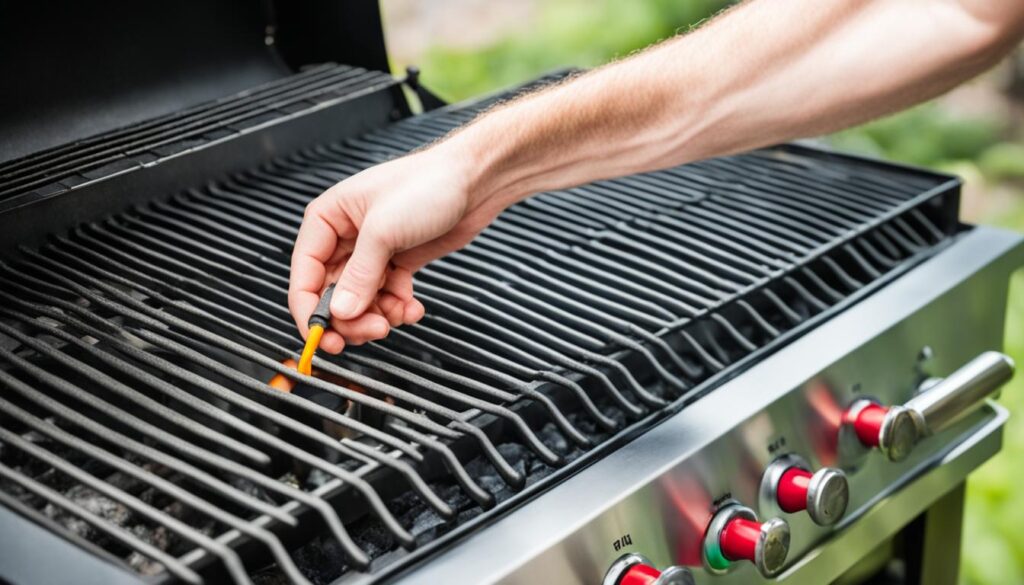
Preparing Your Brisket
Trimming the Brisket
Trim away the excess fat from your brisket, but be sure to leave about 1/4 inch of the fat cap intact. This layer of fat plays a key role in keeping the brisket tender and juicy during long hours on the grill. Avoid over-trimming—removing too much fat can cause the meat to dry out, especially during low and slow cooking.
Seasoning the Brisket
Season the brisket with a mix of salt, pepper, and garlic powder. For extra flavor, you can also add paprika, chili powder, and a bit of brown sugar. Rub the seasoning all over the brisket and let it sit in the fridge for several hours or overnight.
Setting Up How to Cook Brisket on a Gas Grill
Choosing the Right Gas Grill
When cooking brisket, it’s best to use a gas grill with two or more burners. This setup lets you create an indirect heat zone, which is crucial for slow-cooking the brisket evenly without drying it out. Indirect grilling mimics the effect of smoking and helps you achieve that tender, flavorful BBQ brisket at home.
Setting Up for Indirect Heat
To cook the brisket using indirect heat, turn on only one side of the burners and leave the other side off. Place a drip pan on the side that’s turned off to catch any drippings from the brisket. This setup helps cook the brisket slowly without direct flames.
Maintaining the Right Temperature
Maintain your grill temperature between 225°F and 275°F for the best results. Keeping a steady, low heat is key to ensuring your brisket cooks evenly and stays tender. Use a reliable grill thermometer to monitor the temperature throughout the cook, and make small adjustments to the burners as needed to stay within range.
Cooking the Brisket
Preheating the Grill
Before you put the brisket on the grill, preheat it to your desired cooking temperature. Let the grill heat up for about 15 minutes with the lid closed to ensure it’s ready.
Placing the Brisket on the Grill
Place the brisket on the cooler side of the grill with the fat side facing up. This allows the fat to slowly melt and naturally baste the meat, keeping it moist and full of flavor during the long cook. Be sure to keep the brisket away from direct flames, as high heat can dry it out or burn the exterior.
Monitoring the Temperature
Use a meat thermometer to check the internal temperature of your brisket as it cooks. You’re aiming for a temperature between 195°F and 205°F—this sweet spot ensures the meat becomes tender, juicy, and easy to pull apart. Hitting this range is key to achieving that perfect fall-apart brisket texture everyone loves.
Wrapping the Brisket
Once your brisket hits around 160°F, it’s time to wrap it in aluminum foil or butcher paper. This step, often called the Texas Crutch, helps lock in moisture, speeds up the cooking process, and leads to a more tender, juicy brisket. Wrapping also prevents the bark from getting too hard while still developing great flavor.
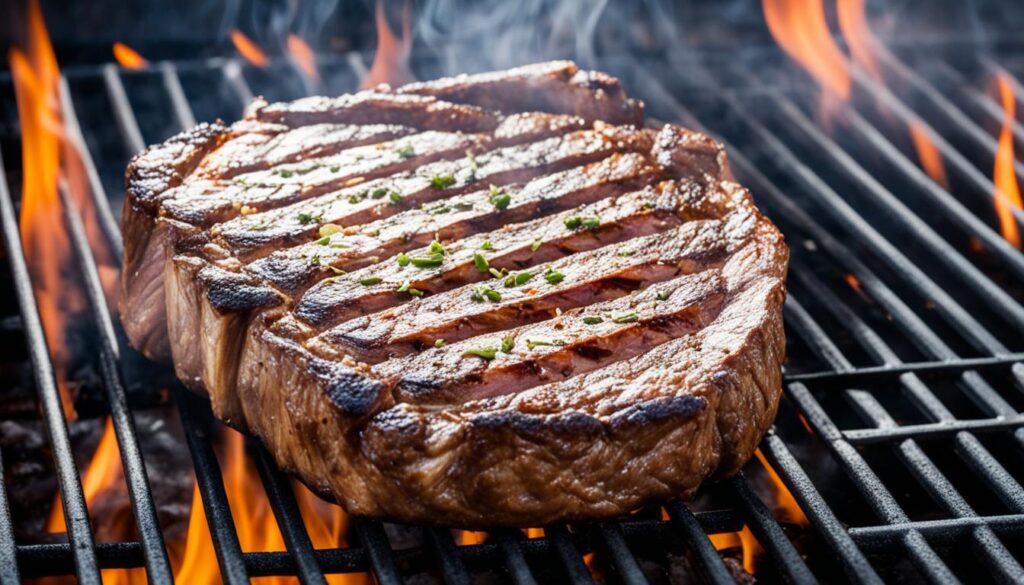
Checking for Doneness
Internal Temperature Guide
Your brisket is ready when the internal temperature reaches 195°F to 205°F. At this point, the meat should be tender, juicy, and easy to shred. To double-check doneness, insert a meat probe or fork into the brisket—it should slide in with little to no resistance, almost like soft butter. That’s the sign of a perfectly cooked brisket.
Testing for Tenderness
To check if the brisket is tender, use a fork or probe to see if it goes in and out with little resistance. If it does, the brisket is ready. If not, continue cooking and check again later.
Resting and Slicing
Resting the Brisket
After taking the brisket off the grill, let it rest for at least 30 minutes. This important step allows the juices to redistribute throughout the meat, making it more flavorful, moist, and tender. To keep it warm, wrap the brisket loosely in foil or place it in a cooler with a towel—just don’t skip the rest time!
Slicing the Brisket
Slice the brisket against the grain for the best texture. The grain runs perpendicular to the length of the brisket. Cutting against the grain ensures tender slices that are easy to chew.
Serving Suggestions
Recommended Side Dishes
Brisket pairs perfectly with classic BBQ sides like creamy coleslaw, smoky baked beans, buttery cornbread, or roasted vegetables. These flavorful sides balance out the rich, savory taste of the brisket and help create a hearty, well-rounded meal that’s sure to impress at any cookout or family dinner.
Sauces and Garnishes
Add barbecue sauce, pickles, or onions to enhance the flavor of the brisket. These extras can provide a nice contrast to the richness of the meat and add extra flavor.
Troubleshooting Common Issues
Dry Brisket
If your brisket turns out dry, it was likely overcooked or not cooked with enough moisture. To avoid this, always monitor the internal temperature closely and use the wrapping method (with foil or butcher paper) during cooking. This helps retain juices and ensures a tender, moist brisket every time.
Overcooked Brisket
Overcooked brisket can become tough and chewy. Use a meat thermometer to avoid this problem, and remove the brisket from the grill as soon as it reaches the proper temperature.
Uneven Cooking
Uneven cooking often occurs when your grill temperature fluctuates. To prevent this, keep an eye on the heat and rotate the brisket occasionally for even exposure. Make sure to adjust your burners as needed to maintain a steady, consistent temperature throughout the cook.
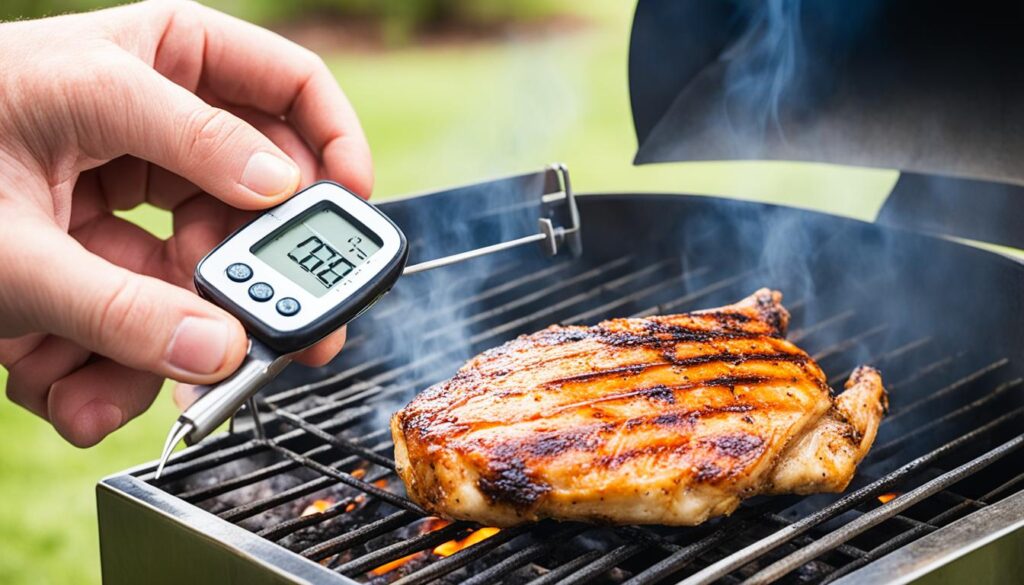
Tips for Perfect Brisket
Patience is Key
Cooking brisket takes time. Don’t rush the process; cooking it slowly at a low temperature will yield the best results.
Adjusting for Altitude and Weather
Weather and altitude can impact your brisket’s cooking time and temperature. On windy, cold, or humid days—or at higher elevations—you may need to adjust your grill settings and extend the cooking time to ensure even, thorough results. Keep a close eye on your grill temperature and be ready to make small changes as needed.
Using a Meat Thermometer
A meat thermometer is essential for cooking brisket properly. It helps you avoid undercooking or overcooking the meat, ensuring that it turns out just right.
Cleaning and Maintenance
Cleaning Your Gas Grill
After you’re done cooking, don’t forget to clean the grill grates and drip pan to remove any leftover grease and food residue. Regular cleaning helps maintain your grill’s performance, prevents flare-ups, and ensures it’s ready for your next BBQ session. A clean grill means better flavor and a longer-lasting grill.
Maintaining Grill Parts
Make it a habit to regularly inspect and maintain your grill’s components, including the burners, ignition system, and gas connections. Catching small issues early helps prevent bigger problems later. Proper grill maintenance keeps everything running smoothly and ensures consistent performance for all your grilling adventures.
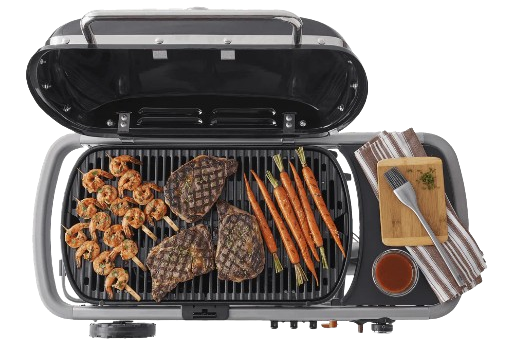
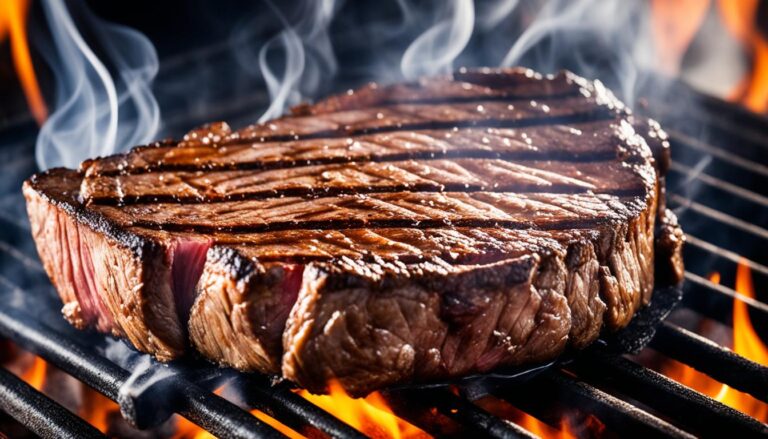

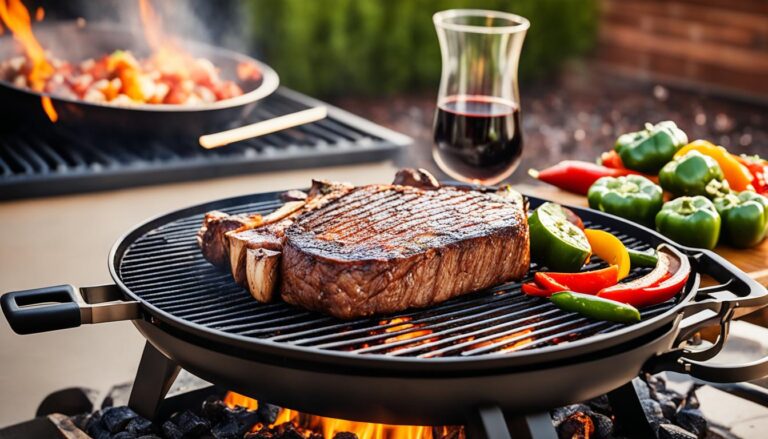
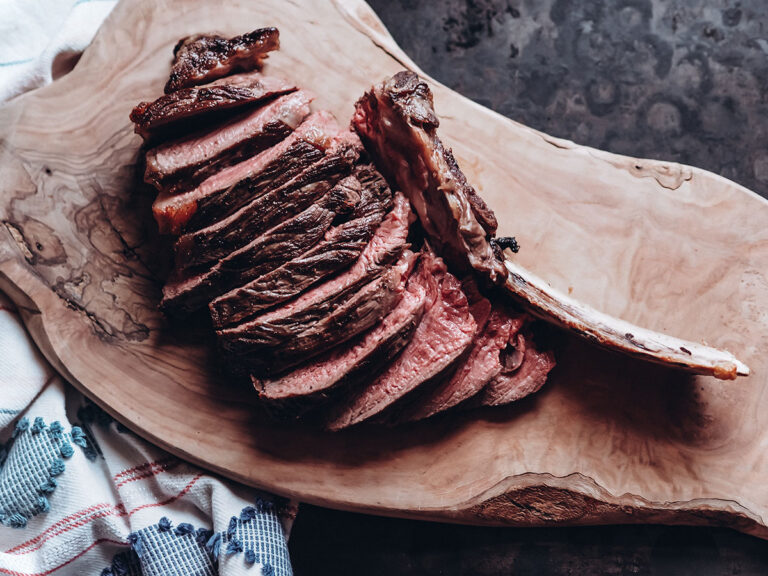
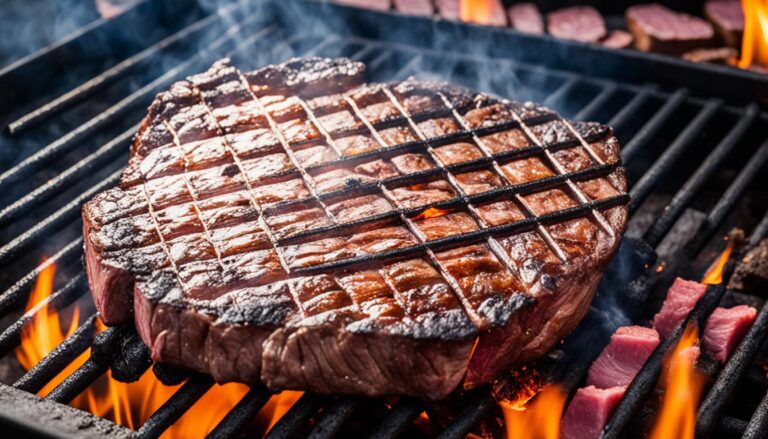
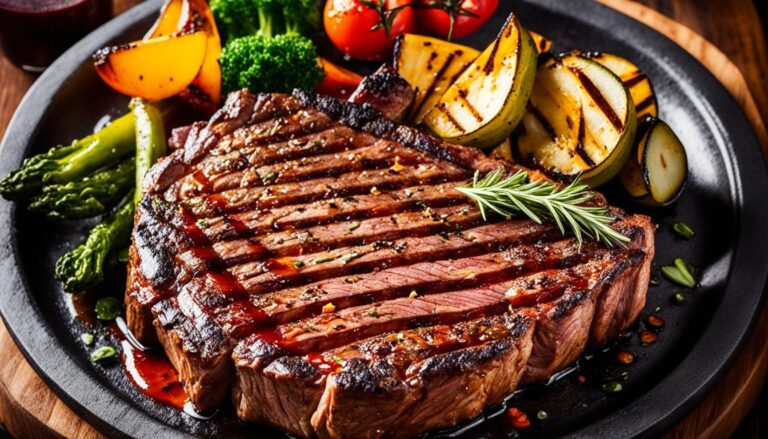
One Comment